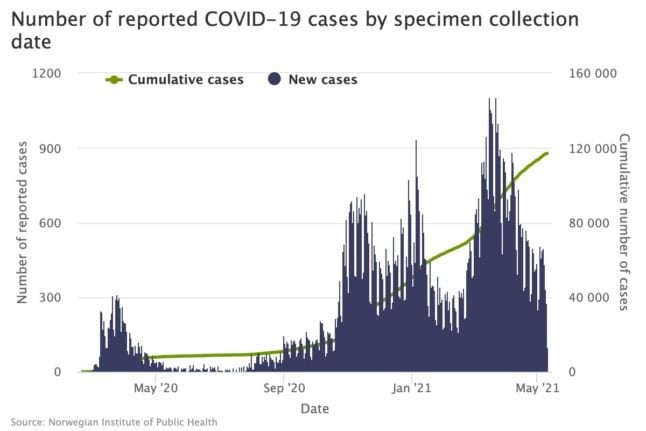The country's quarter-on-quarter growth easily beat the forecasts of analysts polled by financial agency AWP, who expected gross domestic product to grow by 0.2-0.4 percent.
Compared to the same quarter last year, Swiss GDP performed even better, growing 1.1 percent, according to the statistics from Switzerland's State Secretariat for Economic Affairs(Seco).
The Swiss banking sector, an important part of the economy, is having to re-think much of its business model as Swiss banking secrecy is increasingly pierced by action, notably in the United States, to identify tax evaders.
Switzerland is not a member of the European Union and so is outside the eurozone.
Another big factor in the economy is action by the central bank to hold down the Swiss franc which rose sharply when there was a flight to quality at the height of the eurozone debt crisis.
During the first three months of the year, Swiss economic growth was boosted mainly by consumer spending, as well as investments in construction and foreign trade, Seco said in a statement.
Exports of goods, excluding luxury items such as precious metals, jewellery and works of art, also shrank, falling 0.2 percent, the statistics showed.
However, SECO stressed, this decline was overwhelmingly linked to adjustments in the electricity export system.
Not counting that adjustment, Swiss exports of goods would have been up 1.4 percent in the first quarter, it said.
The Swiss economy has so far escaped basically unscathed from the economic crisis dogging much of Europe, and its growth figures continue to outpace most of its eurozone neighbours.
France, the EU's second-biggest economy, for instance, saw its economy contract 0.2 percent during the first three months of the year, while Spain's economy shrank a full 0.5 percent during the same period.
Europe's biggest economy Germany, meanwhile, recorded anaemic GDP growth of just 0.1 percent during the January-March period.
The Swiss central bank recently forecast that the economy will grow by between 1.0 and 1.5 percent this year.
Experts also hailed Thursday's growth numbers, with Jennifer McKeown of Capital Economics describing Switzerland's domestic outlook as "fairly bright".
However, she cautioned in a research note, there is a danger of overheating in the Swiss property market and the outlook for the country's exports is "far gloomier".
Switzerland has traditionally sent about half of all exports to the eurozone, so the pain being felt there will likely be contagious, she said.
She also warned that although the value of the Swiss franc has fallen in recent months, offering some relief to the country's industry and exports, "even at the current level … it is too high for exporters comfort (and) we suspect that the franc will soon start to appreciate again."
In September 2011, the central bank fixed a minimum exchange rate of 1.20 francs to the euro in a bid to halt the rise of the currency, which was sought as a safe haven by investors alarmed by the eurozone debt crisis.
It currently takes about 1.24 francs to buy a euro.



 Please whitelist us to continue reading.
Please whitelist us to continue reading.
Member comments